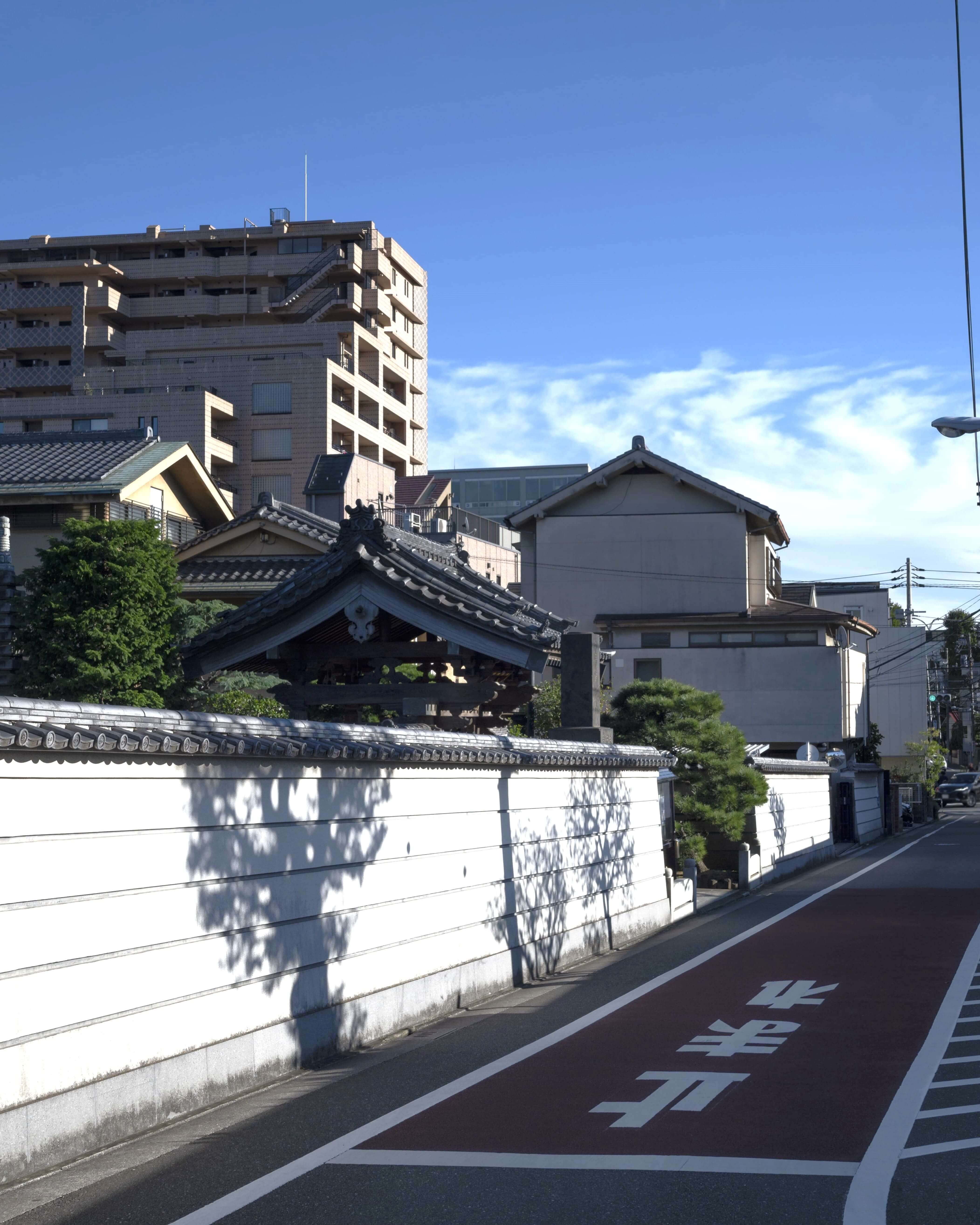Why Did TSMC Choose Japan?
As early as 2021, the Japanese government introduced substantial subsidies to attract global semiconductor manufacturers. TSMC chose Kumamoto after carefully evaluating factors such as land availability, power supply, supply chain maturity, and local government support. The region’s proximity to key clients like Sony and Renesas, along with its well-established electronics components ecosystem, made it a strategic choice.
TSMC’s presence has also spurred infrastructure upgrades in Kumamoto, improving transportation, power networks, and overall living standards. More than just building a wafer fab, TSMC and the Japanese government are collaboratively shaping a new semiconductor ecosystem. This model is now being replicated in other regions, with Hokkaido emerging as the next key battleground.
Hokkaido: Japan’s Next Semiconductor Hub
By the end of 2024, TSMC announced further collaboration with the Japanese government, with Hokkaido being the frontrunner for its next expansion. Historically known for agriculture and tourism, Hokkaido is now positioning itself as a global semiconductor hotspot.
Hokkaido offers a stable and abundant power supply, especially from renewable energy sources. With the semiconductor industry increasingly prioritizing green energy, Hokkaido’s wind and solar resources, coupled with its cool climate, can reduce cooling and energy costs for fabs. Additionally, the presence of top-tier engineering talent from Hokkaido University and other institutions, combined with aggressive government incentives—including tax breaks, land grants, and workforce training—has attracted semiconductor-related investments. Moreover, Hokkaido’s lower land acquisition costs compared to major metropolitan areas like Tokyo and Osaka make it an ideal location for large-scale industrial development. If TSMC establishes a fab in Hokkaido, it will inevitably drive supply chain players—including materials, equipment, testing, and packaging companies—to follow suit.
This strategic move not only highlights Taiwan’s technological prowess but also marks the beginning of Japan’s semiconductor resurgence. As TSMC’s Kumamoto fab construction progresses, economic activity in surrounding areas is accelerating, presenting new investment opportunities for Taiwanese investors. Below are specific investment options and strategies tailored for those considering Japanese investments.
Investment Opportunities & Strategies
| 1. Real Estate Investment in Japan | |
 |
|
| 2. Stock & ETF Investments | |
 |
|
| 3. Establishing a Japanese Corporation & Business Investment | |
 |
|
Tax Planning Strategies
| 1. Real Estate Taxes in Japan | |
|
|
| 2. Stock & ETF Taxation | |
|
|
| 3. Corporate Taxes in Japan | |
|
|
Actionable Recommendations & Risk Warnings
| Recommended Action Steps | |
|
|
Conclusion
From Kumamoto to Hokkaido, TSMC is not only shaping the semiconductor supply chain but also setting new trends for international capital flow. For Taiwanese investors, now is the perfect time to expand beyond Taiwan and build an international asset portfolio. Follow TSMC and seize the golden decade of semiconductor opportunities to craft your own cross-border investment strategy.
